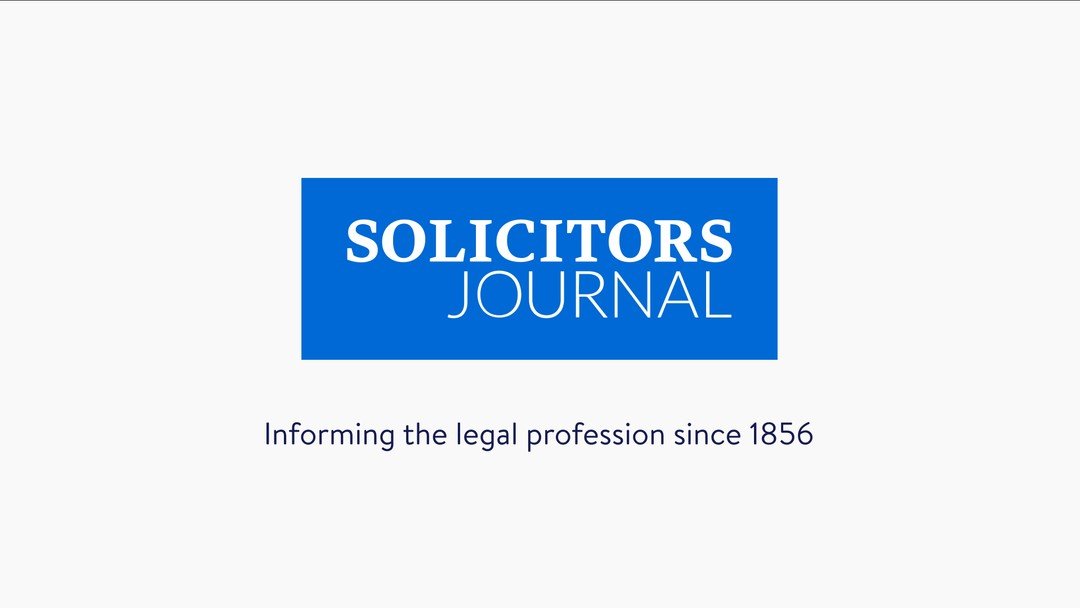The Laporte report

By Seamus Burns
Laporte has curtailed police activity to prevent 'future breaches of the peace'. Seamus Burns reports
The recent judgment of the House of Lords in R (Laporte) v Chief Constable of Gloucestershire Constabulary [2006] All ER (D) 172 (Dec) heralds a welcome sign that our higher courts have not only recognised the constitutional shift made by the incorporation of the European Convention of Human Rights into our domestic legal system, but that they are not prepared to give the police carte blanche to use common law powers of preventing a breach of the peace as a legal blunderbuss to neuter and silence legitimate public protest.
Jane Laporte, (the claimant), a peace protestor, who was strongly opposed to the war in Iraq, had travelled along with 120 other passengers in three coaches to a protest demonstration scheduled to take place at RAF Fairford (from where US Air Force B52 bombers had began to fly on operational sorties against Iraqi forces commencing on 21 March 2003), on 22 March 2003.On 21 March 2003, Chief Superintendent Lambert, following intelligence that a hard-core activist group known as the Wombles were intending to disrupt the protest and also to gain access to the Fairford base and moreover were travelling on the three coaches, had issued a stop and search authorisation of the three coaches under s 60 of the Criminal Justice and Public Order Act 1994 (CJPO), and issued an authority under s 60 AA CJPO ordering the removal of disguises. The three coaches were therefore stopped by the police at a lay-by at Lechlade, less than five kilometres by road from the perimeter fence of the base, several passengers were questioned about their intentions at the protest, various items, including face masks, crash helmets, hoods, scarves and a can of red spray paint were seized, and then the three coaches were directed back to London, escorted by the police. The journey took two and a half hours, and the passengers were effectively locked in the coaches, since they were not allowed to stop at motorway services. CS Lambert had believed that a breach of the peace would have occurred when the coaches arrived at the base, and indeed significantly had stated in his evidence ''¦a breach of the peace then being 'imminent'' that it was the duty of the police to prevent such future breaches.
Effectively, the police were preventing Laporte's exercise of her Art 10 (right to freedom of expression) and Art 11 (right to freedom of peaceful assembly) rights under the ECHR, by preventing her from attending the demonstration, on the spurious pretext that the police could take any action they reasonably judged to be reasonable to prevent a breach of the peace which they believed was merely possible rather than imminent.
Lord Bingham, in robustly rejecting the police's interference with Laporte's right to demonstrate at a lawful assembly at RAF Fairford since this was simply not prescribed by law, stated that Parliament had already struck the correct balance between on the one hand preventing disorder/maintaining order and, on the other, recognising the importance in a democracy of a right to demonstrate in the carefully crafted provisions of the Public Order Act 1986, that there was thus no necessity for the police to be additionally armed with a common law power of breach of the peace, 'bounded only by an uncertain and undefined condition of reasonableness', that the police could not take action preventing breaches of the peace that they anticipated were only a real possibility, but rather that the police could exercise this pre-emptive power of action where something, (a breach of the peace), was about to happen or was sufficiently imminent. The reality here was that the police were purporting to extend one of the trigger mechanisms for activating the common law power of preventing a breach of the peace (namely that the breach had to be sufficiently imminent/apprehended/something about to happen), to ridiculous extremes, if not breaking point.
While the police could reasonably have concluded that an unidentified minority of the 120 passengers on the coaches might have been intent on causing violence/damage at the base that in no way justified the police placing all of the passengers into that category. There was a large contingent of police at the base, (this had been a very well planned and prepared operation by the police, following the correct notification of the march by the organisers), who could quite easily arrest any violent protestors at the base itself. Thus, it was both excessively premature and also wholly disproportionate to restrict Laporte from exercising her Art 10 and 11 ECHR rights, because she had the misfortune to be in the company of individuals, a minority of which might at some point in the future, possibly breach the peace.
Conclusion
The law lords have in this case signalled to the executive '“ here in the guise of the police '“ that they are not prepared to give the police the fig-leaf of judicial legitimacy, when they remonstrate that they are only stopping the coaches in order to prevent what they reasonably believe is the possibility of a breach of the peace in the future, but rather will scrutinise the exercise of such extensive, subjective and nebulous powers against the yardstick of the ECHR. As Lord Bingham stated, the rights contained in Arts 10 and 11, while not absolute, are nonetheless 'fundamental rights' and that: 'Any prior restraint on their exercise must be scrutinised with particular care.'